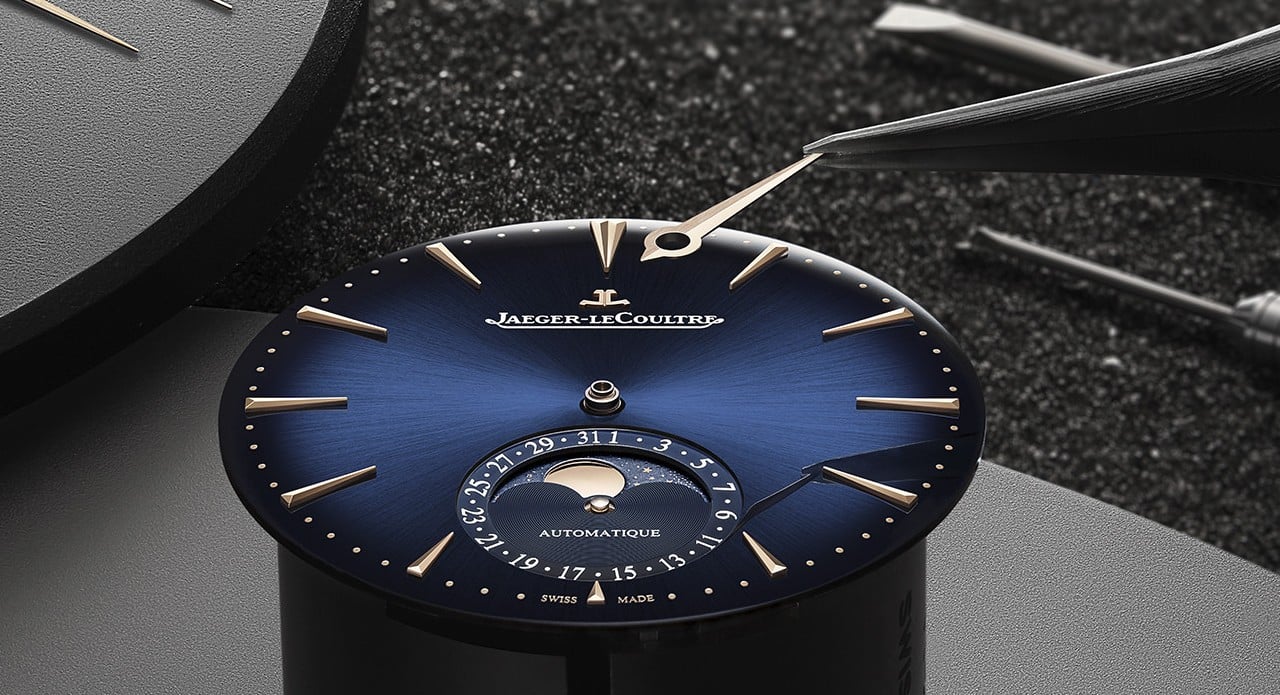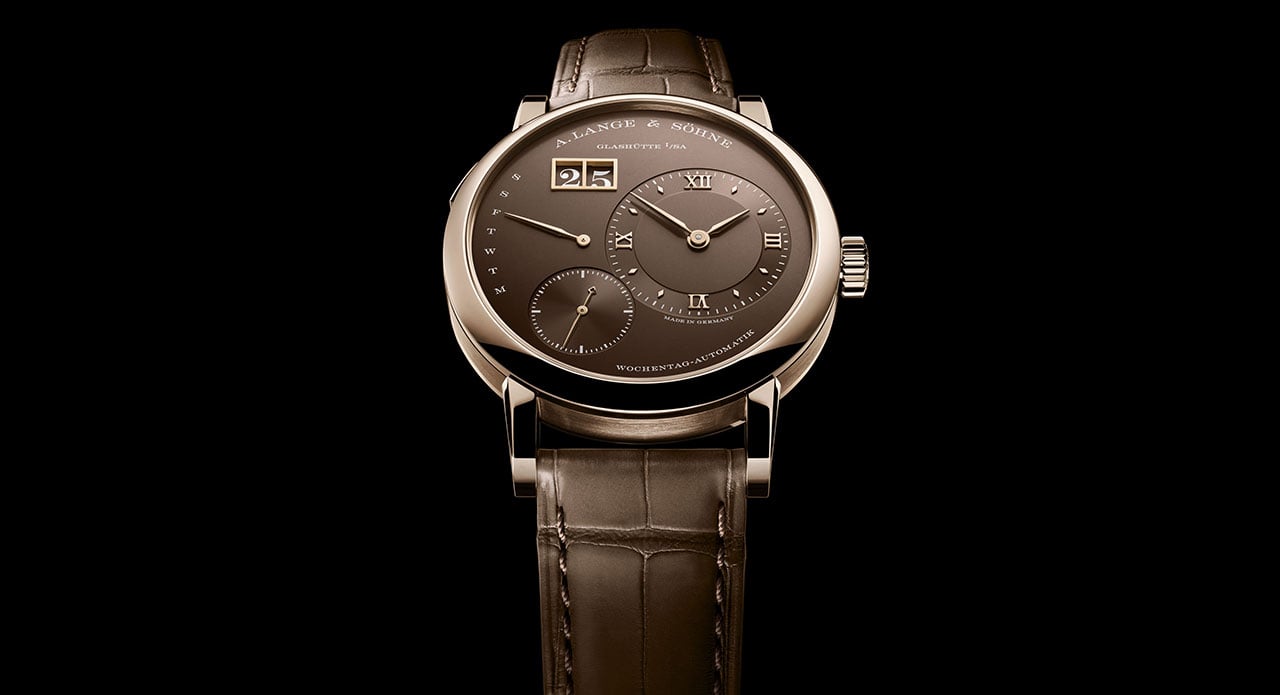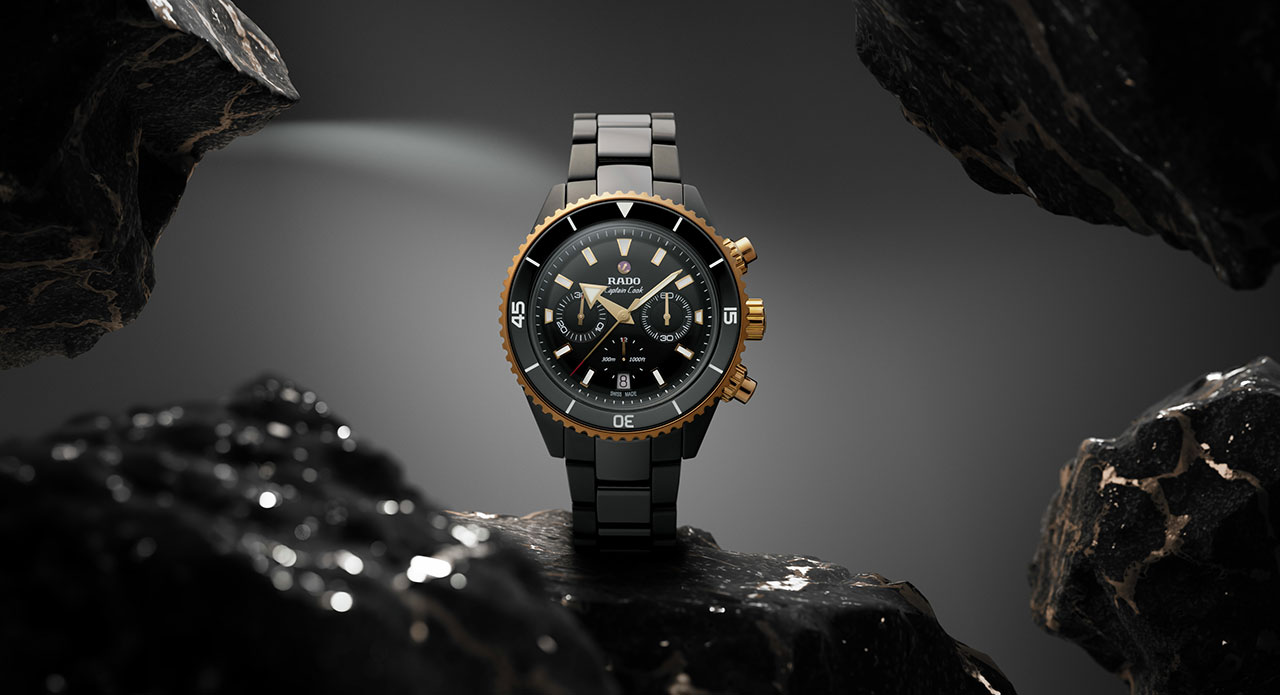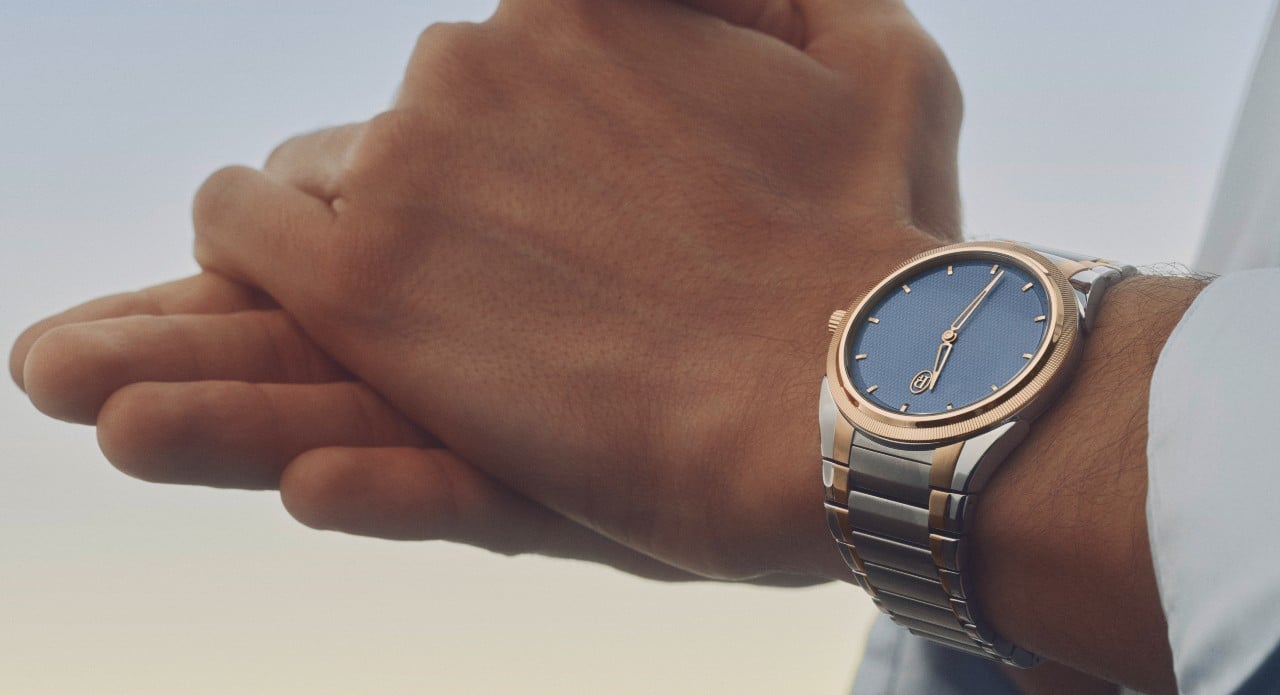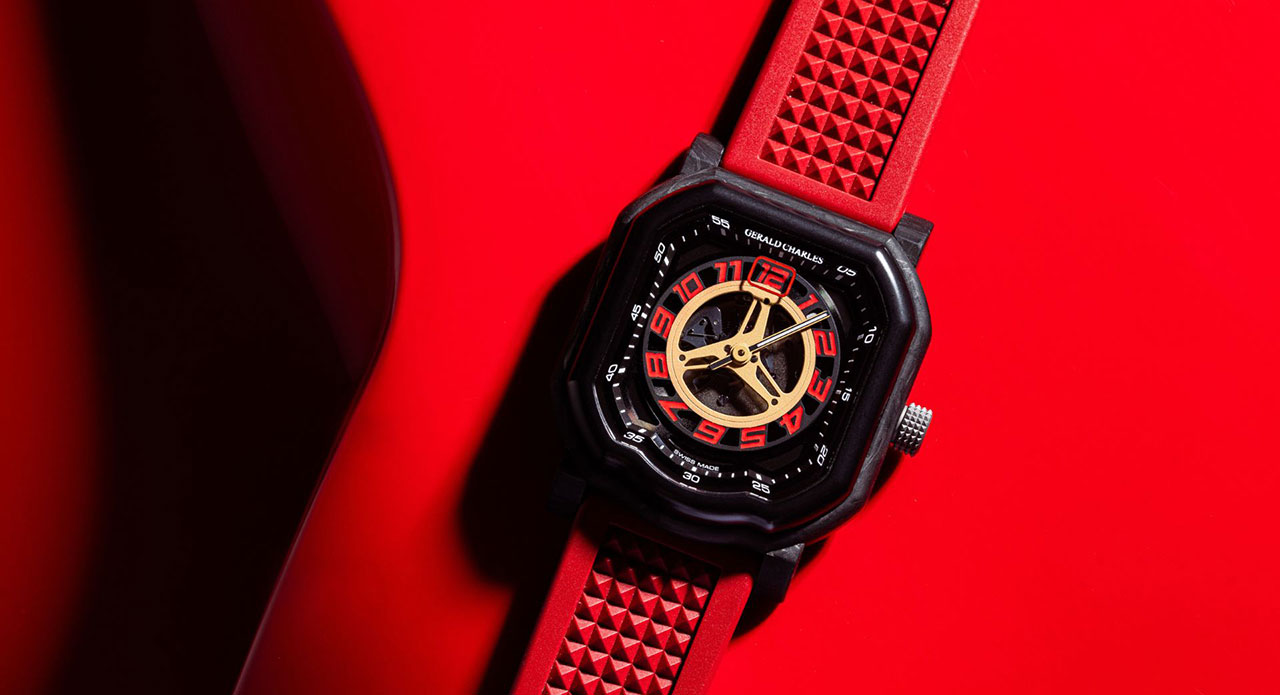The moon has captivated human imagination for millennia, shaping calendars, guiding sailors, and inspiring poets with its quiet, constant presence in the night sky. Before the invention of mechanical clocks, the lunar cycle was one of the earliest ways people measured the passage of time, marking the ebb and flow of months and seasons. It is this ancient connection that the moonphase complication in watches continues to celebrate. More than a practical tool it has become a symbol of horological artistry, bridging astronomy, history, and craftsmanship in a way few other timepiece makers can. In today’s world where smartphones and digital calendars provide instant precision the moonphase stands apart as a poetic reminder of time’s natural rhythm, lending watches an added layer of romance, elegance, and mechanical sophistication that collectors deeply admire.
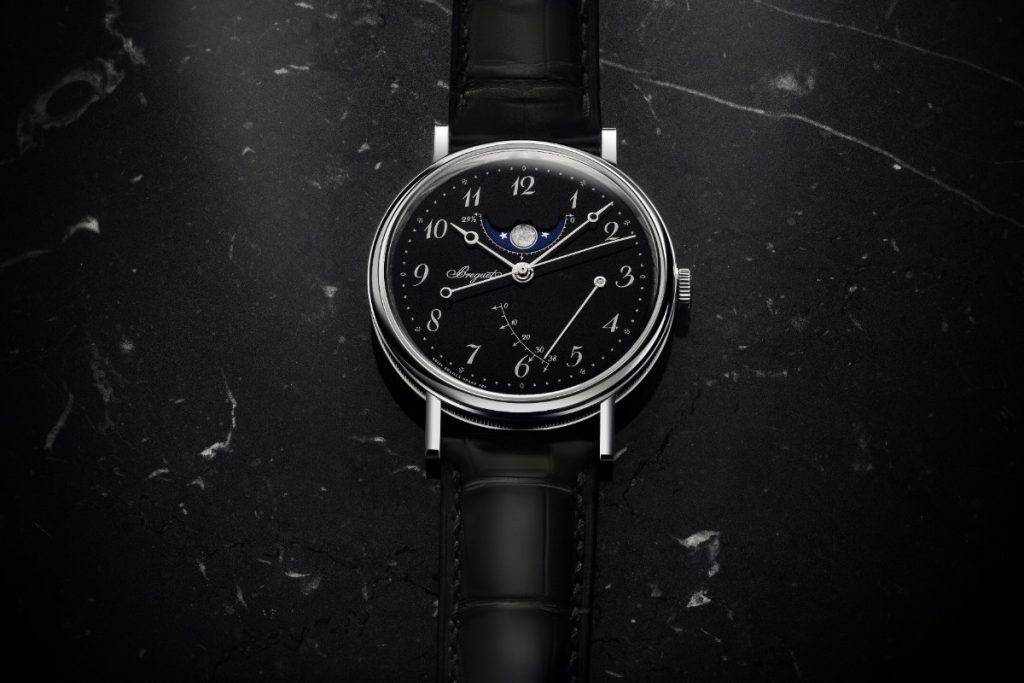
The Legacy of the Moonphase in Horology
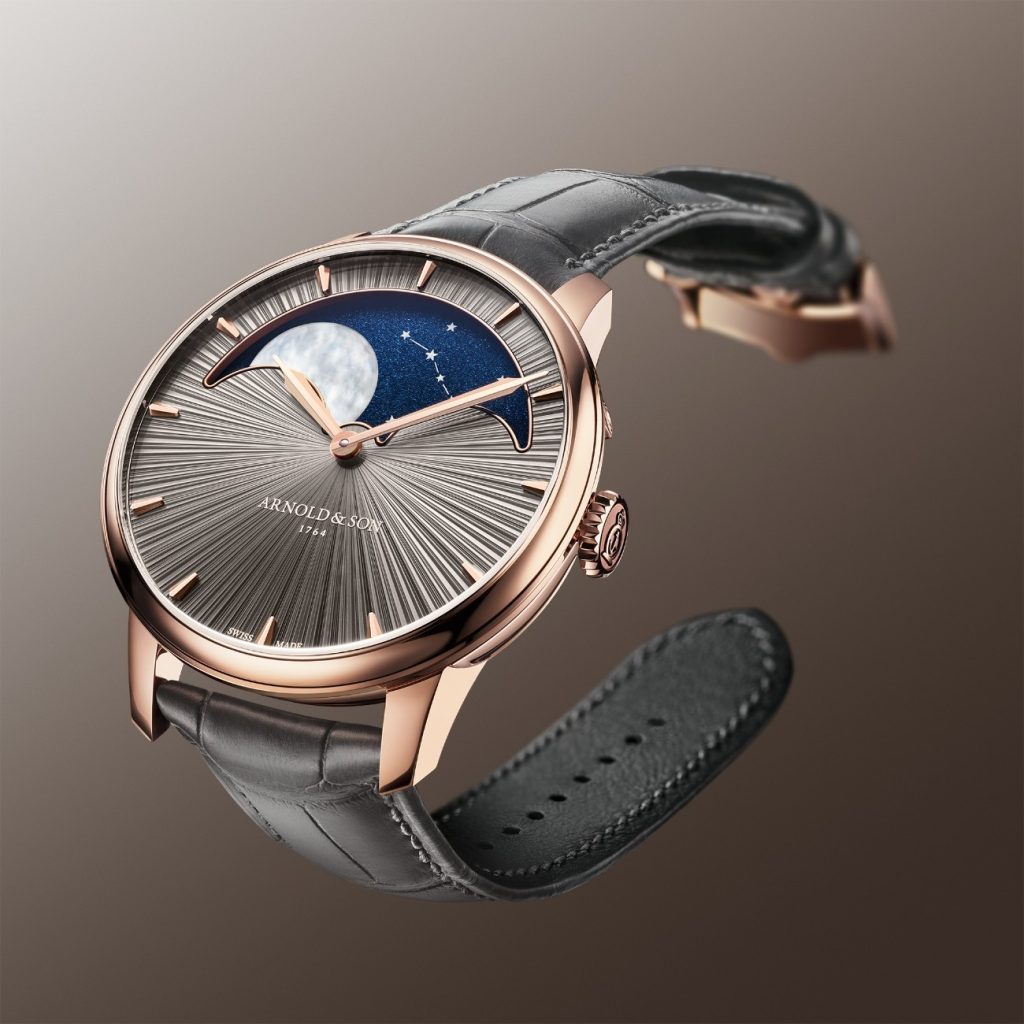
The moonphase complication is one of the oldest and most romantic additions to mechanical timekeeping. Its roots trace back to the 16th century when early clockmakers incorporated lunar calendars into elaborate tower clocks. These displays helped societies track full moons for farming schedules and religious events. By the 18th century, pocket watches began to feature moonphase indications, often with intricately hand-painted disks.
In wristwatches, the moonphase became particularly popular during the early 20th century, especially in dress watches and high-complication models. It was often combined with perpetual calendars or complete calendar watches, showcasing a brand’s technical mastery. Beyond utility, it served as an artistic statement—an elegant complication that added emotional depth to the relationship between the wearer and their timepiece.
How Does a Moonphase Work?
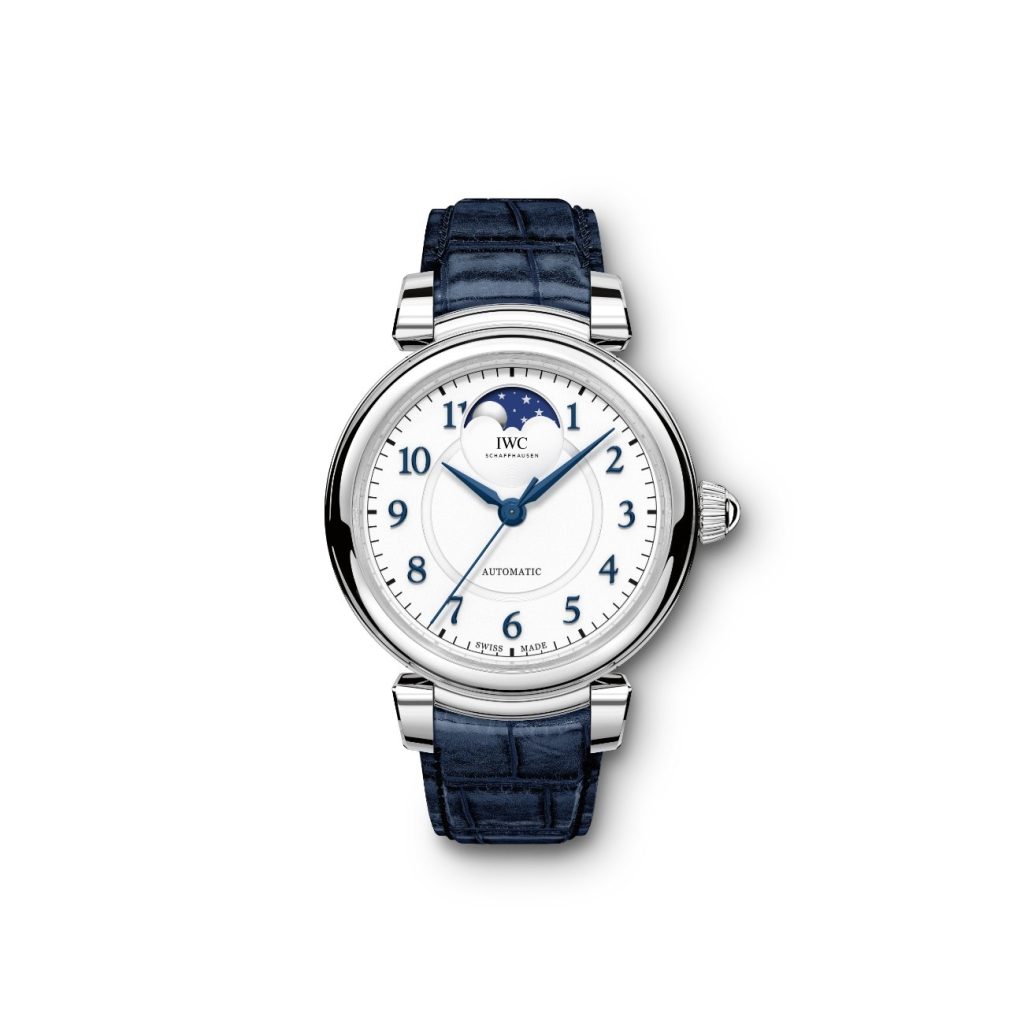
At its core, a moonphase complication is a miniature model of the lunar cycle. The mechanism typically relies on a small disk, painted with two moons, which sits beneath the dial. This disk advances incrementally—once every 24 hours—mimicking the moon’s journey across the sky. The lunar cycle lasts approximately 29.53 days. To replicate this, most traditional moonphase mechanisms use a 59-tooth gear. Each tooth represents half a day, and as the disk advances, the moon displayed in the aperture gradually waxes and wanes.
While this system is remarkably precise, it is not flawless: after about 2.5 years, the display will be off by a day and requires manual correction. Some high-end watchmakers, however, engineer “astronomical moonphase” complications that are accurate for more than a century—or even several millennia—before needing adjustment. These advancements highlight the fine balance of precision engineering and creative artistry within modern horology.
Modern Influence and Contemporary Appeal
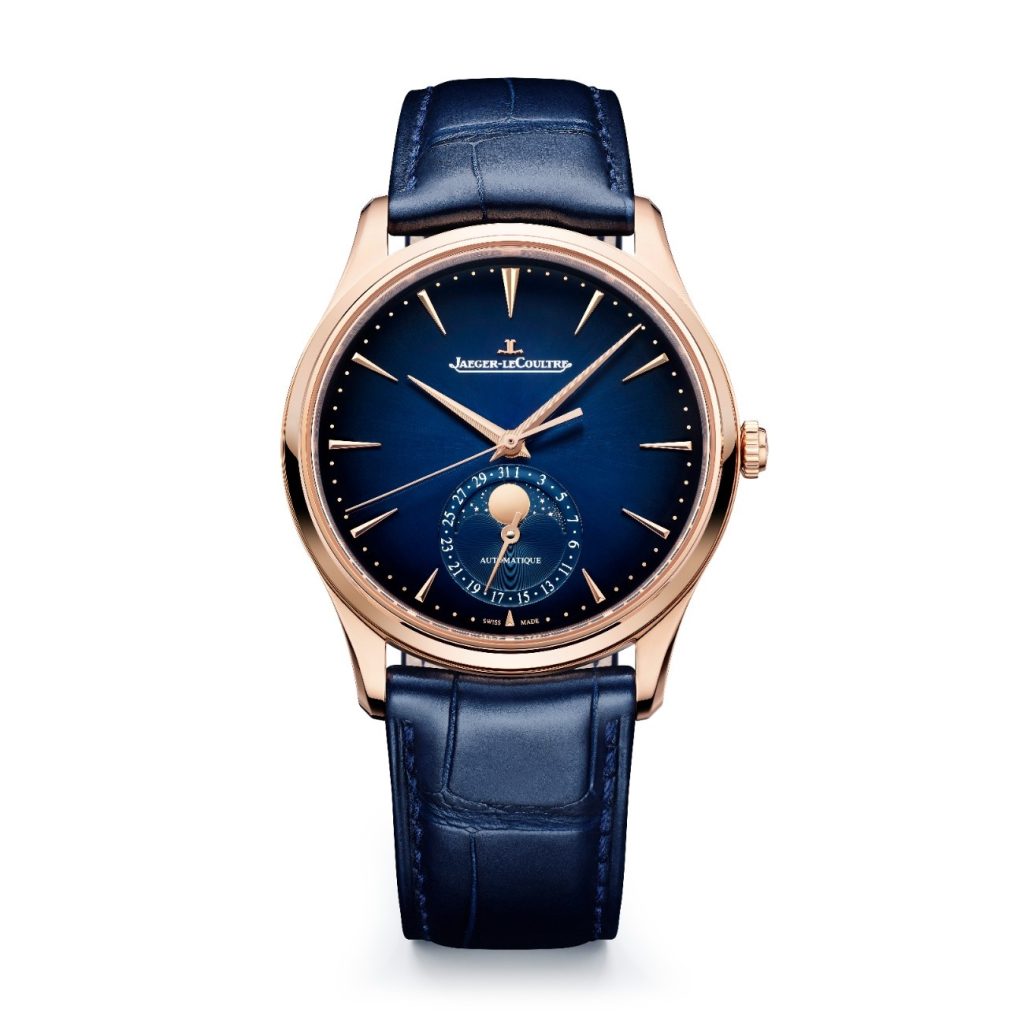
While the moonphase may no longer serve a practical function in everyday life, it has found a renewed purpose in luxury watchmaking. In today’s era of smartphones and digital convenience, mechanical complications like the moonphase are cherished for their artistry, storytelling, and craftsmanship rather than pure utility. The feature adds an undeniable charm to a watch. The miniature painted moons, starry skies, or aventurine glass backgrounds bring a sense of poetry to the dial. Some brands even use mother-of-pearl, lapis lazuli, or enamel to create truly celestial works of art.
Many collectors see the complication as a reflection of time’s natural rhythm. It resonates with those who value the connection between astronomy and human history, embodying both science and romance on the wrist. In haute horlogerie, the moonphase is a symbol of technical prowess. Watchmakers use it to demonstrate their mastery of precision engineering while also leaving room for artistic expression. With the rising popularity of complicated dress watches, it has become a sought-after feature among enthusiasts. It offers mechanical sophistication without overwhelming technicality, appealing to both seasoned collectors and newcomers to horology.
Moonphase in Today’s Watchmaking Landscape
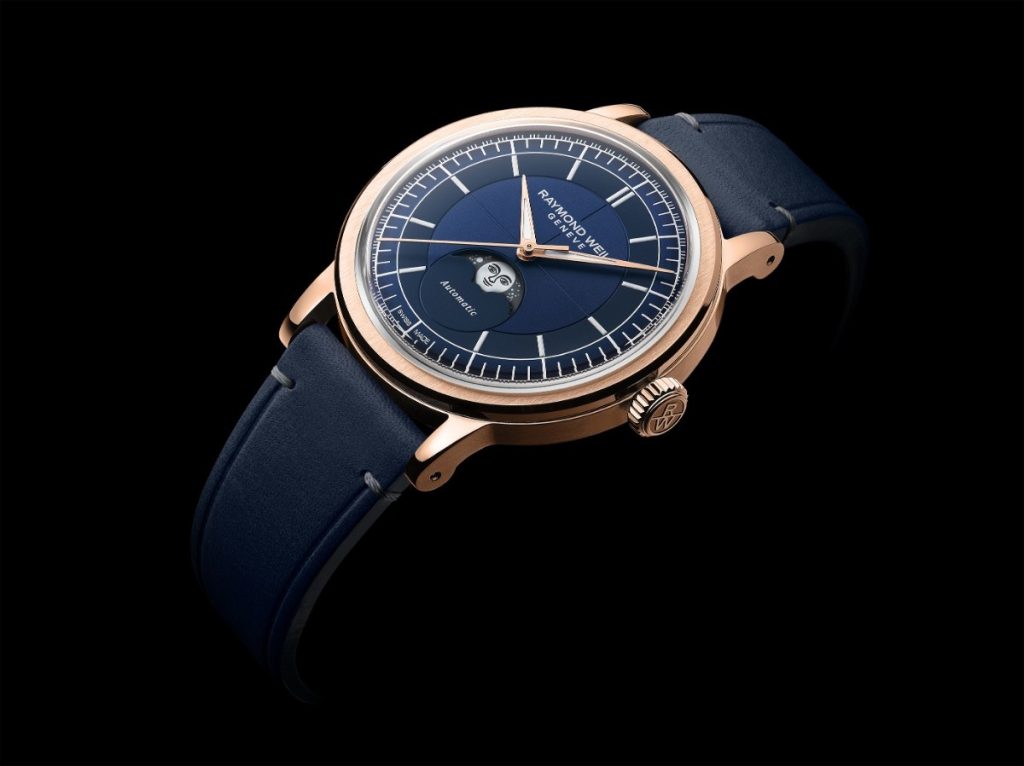
Contemporary brands from heritage maisons like Patek Philippe, Jaeger-LeCoultre, and Vacheron Constantin to independent artisans—continue to reimagine the moonphase. Some keep it traditional with classical displays, while others experiment with modern aesthetics, oversized apertures, or even realistic photographic moons.
In recent years, the complication has extended beyond high-end models. Many mid-tier luxury brands have introduced moonphase watches, making this once-elitist feature more accessible. Additionally, the rise of collector culture and social media has given the moonphase renewed visibility, positioning it as a must-have for those seeking not just a watch, but a piece of horological poetry.
Conclusion: A Timeless Celestial Companion
The moonphase complication may have lost its practical necessity in the digital age, but its symbolic power is stronger than ever. It connects modern wearers to centuries of astronomical observation, mechanical innovation, and artistic expression. More than just a complication, it is a tribute to humanity’s eternal fascination with the cosmos.
Whether rendered in a classic gold dress watch or a futuristic, avant-garde creation, the moonphase reminds us that time is not just about hours and minutes—it is about cycles, stories, and the beauty of the universe itself.
